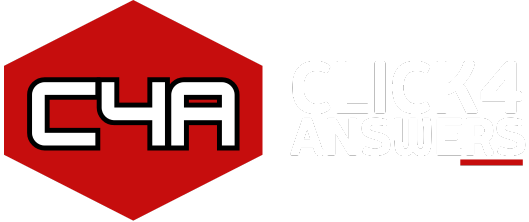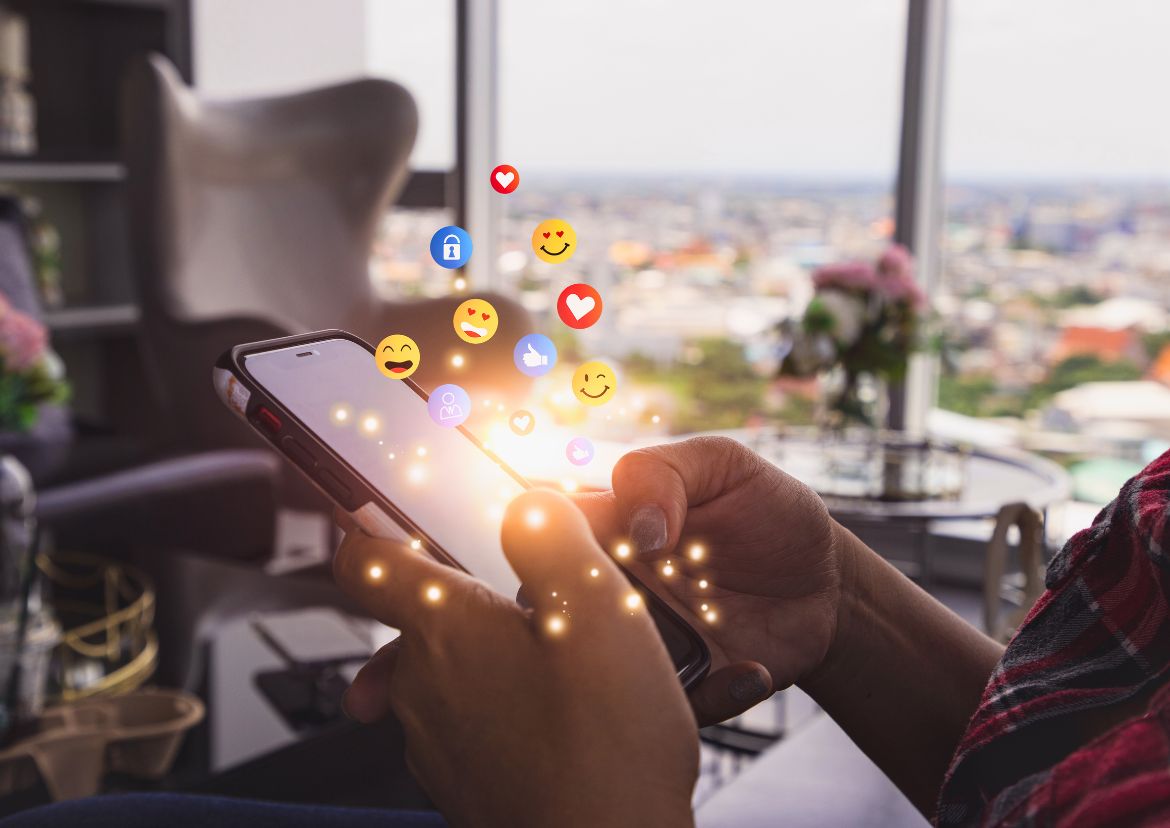Table of Contents
Emojis are now a vital tool for communicating ideas, expressing emotions, and giving our communications personality in the rapidly changing world of digital communication. Emojis, which range from a straightforward happy face to complex representations of everyday situations, have revolutionized communication. However, what do they imply, where did they originate, and how can we make good use of them? Let’s explore the vibrant realm of emojis.
The History of Emojis
From the Japanese terms “e” (image) and “moji” (character), the name “emoji” is derived. Shigetaka Kurita, a team member at the Japanese telecom provider NTT DoCoMo, created the first emojis in 1999. Kurita’s original set of 176 emojis, which were influenced by manga and kanji, was created to improve the company’s mobile internet platform.
When emojis were incorporated into the operating systems of Apple and Android in the 2010s, their popularity soared. Emojis were formally standardized under Unicode in 2010, guaranteeing cross-platform compatibility.
Why Emojis Are Used
Emojis supplement text by acting as visual cues. They aid in expressing context, tone, and emotion that are frequently difficult for words to communicate alone. For instance:
- Tone Enhancement: “Thanks! 😊” sounds warm and sincere, whereas a mere “Thanks!” could come across as abrupt.
- Clarification: Emojis aid in communication disambiguation. For example, “I’m fine 😒” conveys sarcasm, whereas “I’m fine 😊” conveys sincerity.
- Creativity: By enabling users to infuse their communications with personality and humor, emojis enable the development of a distinctive symbolic language.
Emoji Types
Emojis fall into many different categories:
- Emotions and Faces: 🙂— Joy, 😭 — Sadness, 🥳 — Excitation.
- Motions: 👍—Bravo, 🤞—I’m crossing my fingers.
- Items include: ☕—Food and drink, 🔹—Technology.
- Nature and Animals: ☀—Sun, 🐼—Panda.
- Hobbies and Activities: 🏀—Music, 🎶—Basketball.
- Flags: Serving as global symbols for countries and areas.
Emojis serve as a universal communication tool because each category represents a fragment of the human experience.
The Psychology of Emojis
Emoji psychology has revealed that emojis activate the same parts of the brain as facial expressions, making them an effective tool for establishing emotional connections in digital spaces. Emojis can:
- Strengthen Relationships: Including a heart emoji (💖) in a message can establish a sense of intimacy.
- Diffuse Conflict: A winking emoji (😉) can transform a potentially serious statement into a humorous remark; and
- Boost Engagement: Emoji-adorned social media posts frequently receive higher interaction rates.
Advice for Efficient Emoji Use
- Be Aware of Your Audience: A 🎉 might be ideal for friends, but it might not be suitable for formal communication.
- Steer Clear of Overuse: Using too many emojis can clog your communication and make the recipient confused.
- Recognize Cultural Contexts: Different cultures may interpret emojis differently. For instance, the 🙏 emoji represents thanks in Japan but looks like prayer in Western contexts.
- Stay Updated: Every year, new emojis are introduced. Following trends guarantees that you’re making good use of them.
Emojis’ Future
Emojis are growing more inclusive and representative as technology develops. Options for a range of skin tones, gender identities, and disabilities have been added in recent revisions. In the future, animated emojis and augmented reality might change the way we use these symbols.
Conclusion
Emojis are a dynamic, ever-evolving language that enhances our digital communication; they are more than just adorable symbols. We may utilize emojis to communicate with others more successfully and imaginatively if we are aware of their background, goals, and cultural quirks. Consider the impact of one small 😊 the next time you send a message.




